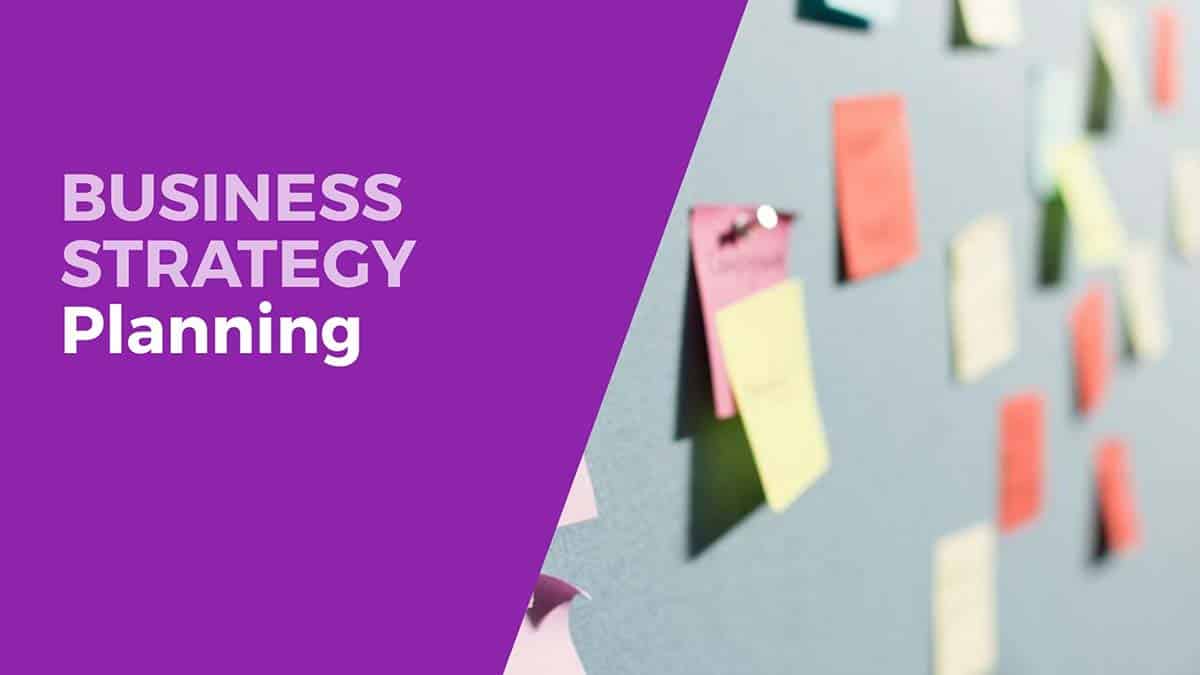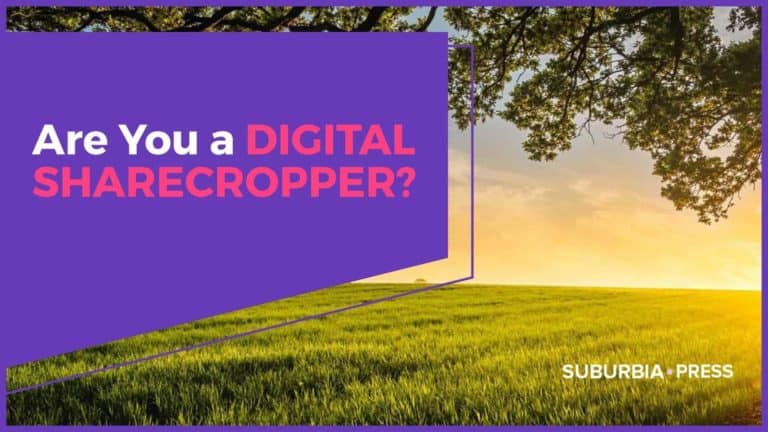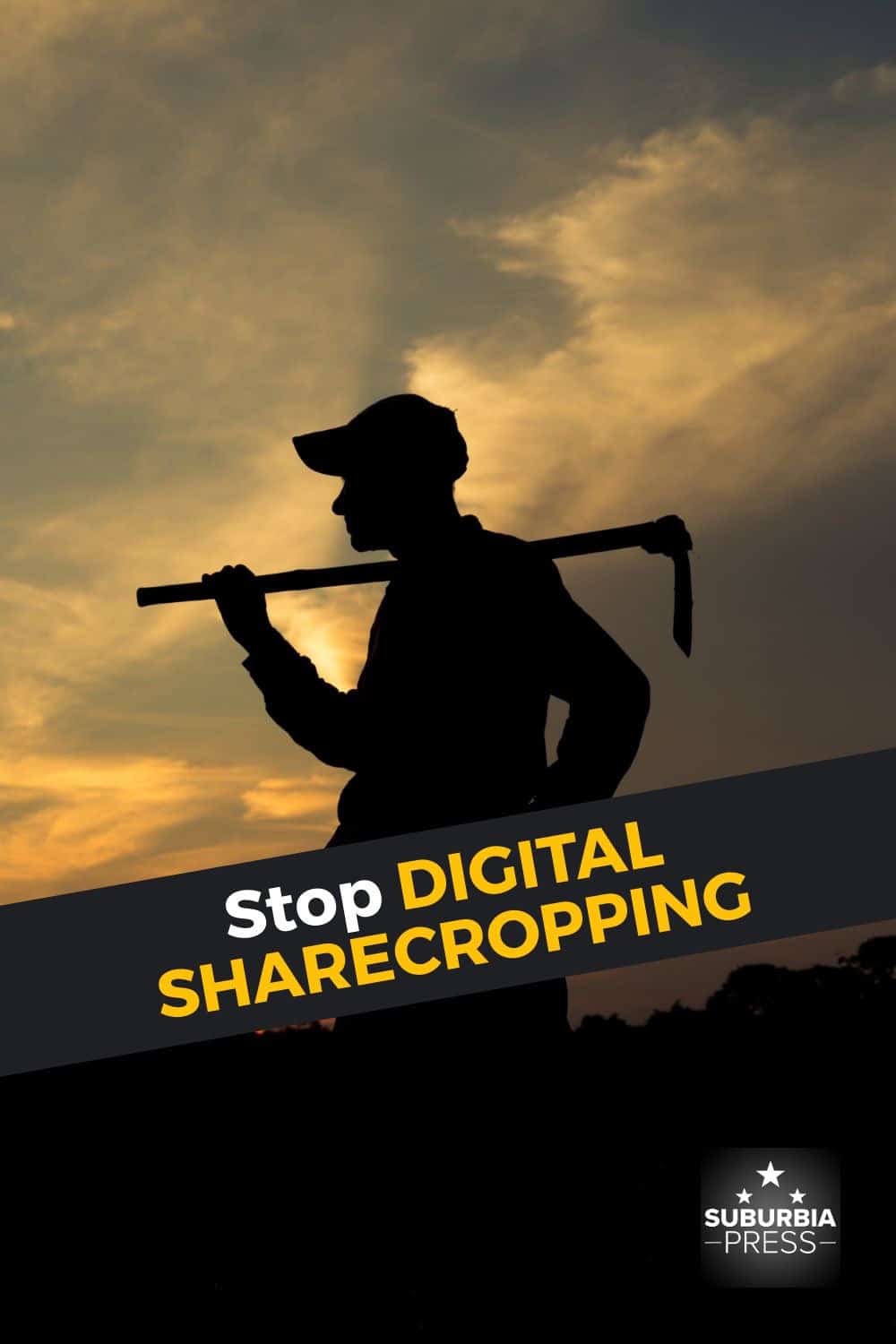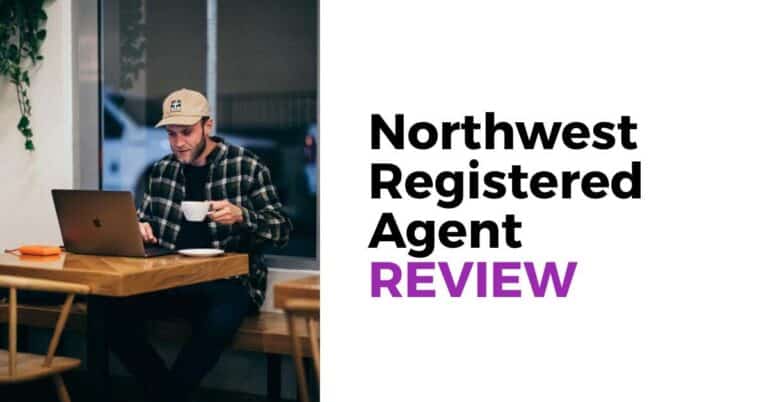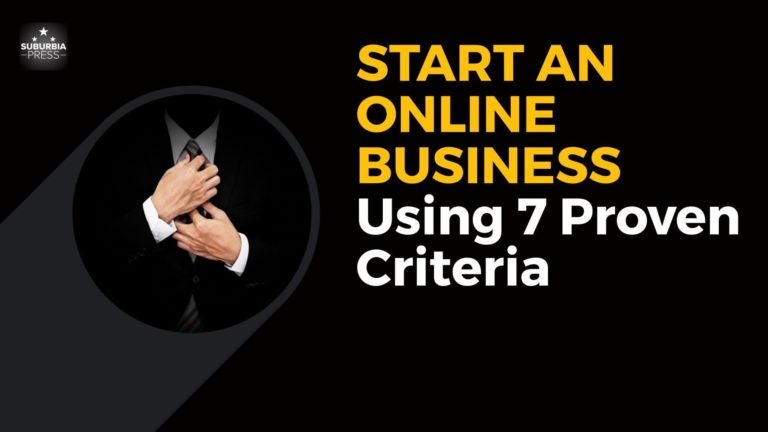Planning Your Business Strategy
Before you start building a site to run your business, you need to know what you’re building. Otherwise, how do you know that it’s going to serve your needs? Start by planning your business, not your site.
You wouldn’t start to build a house or high-rise office building without first having an architect layout the plan.
This planning stage gives you the opportunity to think about what you need and how it’s going to work. It’s much easier to scratch out something on paper than it is to rework an existing structure.
Let’s start with some basic organizational concepts.
[cboxarea id=”cbox-VEuwLw9Yno0Zzw0f”]
Who Do You Serve?

Audience identification is crucial to success. You cannot be all things to all people. If you think your audience is “everyone”, then your audience is really “no one.”
People like groups of like-minded people. That’s why you see the same crowd at sports bars, and another crowd at coffee shops.
There’s a different type of conformity happening at each place, even if the same person may enjoy both places. They enjoy them for different reasons.
By defining your audience and niche, you’re committing to speaking the same language that they use in this part of their life. You’re also showing that you’re one of them, and can help them achieve their goals or solve their problems.
You want to learn more about your customers. What do they fear and what do they desire? Understanding that may open business opportunities that you didn’t consider.

Listening to your customers allows you to be empathetic to their concerns, which in turn helps you to build trust.
Ultimately, people buy from people that they know, like, and trust. If you want to develop that kind of relationship, you need to define your audience and develop their trust by demonstrating that you’ve been in their shoes.
Understanding who you serve allows you to attract the right customers. You’ll hear marketers talk about email list building as if that were the objective.
It’s not. If you focus on vanity metrics, you may not sell anything. I made this mistake on another one of my sites and it was very informative.
One of the ways you can attract potential customers is to give away something for free in exchange for an email address. It’s often a PDF, mini-course or something consumable online.
If you give away something, you’re bound to attract people who may not want what you have to sell. Then you end up with dead weight and disengaged people on your email list. That can be costly with some email service providers.
On the other hand, knowing the needs of your ideal customer allows you to craft an offer that can lead to potential sales.
Let’s say that you serve SCUBA divers. If you give away a free iPad, you’ll get a lot of people on your list who have no interest in what you’re selling. If you give away a PDF explaining Boyle’s Law and how it affects breathing underwater, you’ll get subscribers with a specific interest.
By identifying your audience, you learn who you can serve and what they need from you. That’s the foundation of business.
What’s Your Mission?

When people hear the phrase “mission statement”, I see a lot of eyes-rolling. I think that many people talk about a mission statement without truly understanding the benefit it provides.
Your mission provides direction for your overall business. Think about a mission like guardrails. A mission statement is the beginning of planning your business.
If you’re doing something outside of your mission, then you’re getting off track. That’s a serious warning to consider before you proceed. Your new idea may not be bad, but it’s not in keeping with your mission.
So are you going to change your mission, or stay on your path? It’s a big decision, but that’s the point. A mission keeps you from blithely wandering into the wrong lane.
Creating a mission statement is pretty easy, too. There’s a format.
[What you do] by [How you do it] for [Who you do it for] to [What value you provide]
Let’s break down the first piece. What do you do? Keep it simple and clear.
For Suburbia Press, this part of the mission would be “We make online technology easy to understand.”
Next, we could tell how we do it. “By providing clear instructions and recommendations.”
In other words, we’re saying that we’re going to make it easy to understand only technology, show you how to use it, and recommend products and services that fit your needs. Does that sound helpful?
The third section is Who you do it for. Continuing the Suburbia Press example, we do this “for online business owners and marketers.”
That statement indicates that you know your audience and what they need. Again, this helps you build those guardrails to keep you on track.
Imagine if we didn’t narrow down our audience? We could end up talking about technology for video gamers. By identifying business owners, it shows we understand that they need to market their services, make conversions and sales.
Finally, you need to describe the value you provide to your specified audience.
“To feel confident about technology and leverage the benefits it provides to earn a living and serve their customers.”
All together now:
“Suburbia Press makes online technology easy to understand by providing clear instructions and recommendations to serve online business owners and marketers. We help them feel confident about technology and leverage the benefits it provides to earn a living and serve their customers.”
It’s clear and simple but provides the overall context necessary to define the core concepts of our business.
The concept for this mission statement is an intersection of some key factors.
If you can’t sell what you offer, you aren’t in business. Developing your mission statement helps you define what you offer and who is willing to pay for it, because you provide them with value for their money.
Your mission statement describes “what” you do. The next steps talk about “how” you can achieve your mission.
Define Objectives to Support Your Mission

Simply stated, an objective is a measurable goal that supports your mission.
Note the word measurable. If you cannot measure the result, how do you know if you achieved your objective?
You know that you want to serve your audience. What are some of the things that you can do to help them?
With Suburbia Press, our objective is to educate and inform online business owners and marketers so they can understand the technology required to build their platform online.
When you start planning your business as an online venture, we know that some people need help explaining the technology.
We also want to recommend products and services that will help them achieve their business needs.
Another objective is to inspire a sense of confidence about using online technology. When you lack confidence, you have the potential to make unnecessary mistakes or avoid necessary work.
Think about your mission statement. It should provide a framework for you to create your objectives.
In fact, notice how some of the objectives I just listed here are actually referenced inside of our mission statement.
Those aren’t the only objectives you need, though.
An objective is to be profitable so we can continue serving our audience. If you’re not profitable, you won’t be in business very long and your mission will fail.
If you provide a service, you may have a Service Level Objective (SLA) to ensure that your customers have reasonable access to the service you provide.
That could mean your online services are available 99.9% of the time. Perhaps it means you respond to calls for help within a specified amount of time. My web host responds within 30 seconds.
In order to achieve an SLA, it means you have to provide staff, training, and resource to meet it. That may be bound by your budget and staffing.
One of the objectives I mentioned is hard to measure. How do you measure a sense of confidence in your audience?
Perhaps you need to survey your audience after providing training to see what responses you get. You may need to adjust your offering according to the feedback you receive.
When you define an objective, make sure you define a way to measure its results.
Consider the things that you need to do to keep your business operational and add them as objectives.
Using Strategies and Tactics
Having defined your objectives, you need to figure out how you’re going to achieve them.
That’s where you consider strategies and tactics. These two terms are frequently used interchangeably, but they’re completely different animals.
Strategies are long-term plans to achieve an objective. They’re the approach you want to take, having considered the long-term view of your situation.
For an educational site like Suburbia Press, we can consider our objectives and develop comparable strategies.
To inform and educate online businesses, a strategy may be to develop online courses or create a membership community.
To recommend products, we can create review articles on our website and develop videos to share on a site like YouTube.
Now let’s take those ideas and refine our strategies. After all, the world is full of courses, memberships, blog posts, and videos.
What makes our strategy different or compelling?
Your strategy needs to envision not only what you can do, but what your competitors are doing. Think of what attracts the audience you want to serve.
Tactics are specific and concrete actions you can take to achieve your strategy. If I want to create a course or membership that attracts the right audience, then I need to implement something that achieves the desired result.
Your tactics are actionable and should have specific due dates.
Think about podcasting as something you want to do in order to market your business. That’s a strategy to achieve an objective.
Each individual podcast is a tactic. You need to define a topic, record the session, edit the result, upload it to your podcast host and distribute it on a specific date.
That’s something actionable and date-driven that you can schedule on your calendar or planner.
Develop a System to Keep Notes and Records
I don’t know about you, but my life is full of distractions. Combine that with a faulty short-term memory and I can’t juggle a lot of information without help.
That’s why I keep notes and records.
There are a plethora of tools to help, and I’ve found myself reliant upon a few core products.
Evernote is a great place to put information. It’s searchable and easily configurable. There are a number of templates, but it goes beyond that.
I can scan my receipts easily with Evernote and recall them later.
For financial records, I use QuickBooks. It’s lasted the test of time and receives constant updates. More than that, almost every accountant accepts QuickBooks. It’s an industry standard. There are other accounting packages for businesses out there, but you run a risk when you step outside of the mainstream.
A Customer Relationship Manager (CRM) is critical for keeping notes related to your customers, sending them emails, and tracking their activity on your online system.
With my CRM, I can set up benchmarks that tell me when someone visits a specific page or how engaged they are with my email list.
The idea of tracking a user’s movement may sound creepy to some, but it’s a critical part of serving your customer. You may want to reward them for achieving a goal or offer them something based on their behavior.
The idea is to anticipate your customer’s needs or delight them with a surprise. In other words, keeping information on a CRM that gets updated based upon their interactions with your online business is how you pay attention to them.
Use Scheduling and Calendars to Create Consistency

If you confuse your customers, you lose your customers. That’s why consistency is important. People like familiarity and consistency.
That doesn’t mean you can’t have surprises, but those surprises are exceptions to the rule. That’s what makes them delightful.
A lack of consistency or rules of behavior is anarchy, and that seldom wins over a stable audience.
You can create blog posts on a regular basis. Another method of creating a sense of consistency is to email your subscribers on a regular basis.
That doesn’t mean you can’t drop in an extra post or email. Those are the surprises – something in addition to your consistent schedule of creating information.
I use Asana to schedule my activities. There’s a free version, but you can subscribe to a plan for additional features or for group communication.
Even if you work alone, it’s a good idea to work with a scheduling tool like Asana. It allows you to see your plan in a long term, and how one activity relates to another.
Could you do this with a calendar? Some things, sure. For example, calendars are great for scheduling one-off time commitments.
However, they don’t provide enough services to measure projects with multiple activities. Asana offers an overview that shows how activities on different projects can impact each other.
Also, you can see how changing the completion date on an activity affects the overall project length.
Creating an editorial calendar is a great way to see your information roadmap. Everything you create should serve your audience and stay inside of your mission statement.
Knowing what you plan to create allows you to create things in batches, which is a wonderful time saver. It’s also perfect for a sense of accomplishment when you get the next six months of information planned and produced. Then you just drip it out while you work on something else to serve your audience and operate your business.
The alternative is to just do things on the fly. The problem with that approach is that your consistency breaks down. There’s no sense of continuity as you go from one topic to the next.
You lose the power of creating themes with your content, and you always feel like you’re struggling to get caught up.
Remember the old quote:
Failing to plan is planning to fail.
Start with the End in Mind

Foresight is your friend. The reason you need to spend time planning and using productivity tools is so you can identify and serve an audience that’s willing to buy your products or services.
In turn, that helps you understand what kind of online platform you need to build in order to serve your audience. It’s easy to buy a lot of tools that seem interesting but aren’t really necessary at all for your audience.
One of the critical components of an online platform is speed. You want to eliminate anything that fails to serve your audience because it will slow down your site.
You need speed for customer satisfaction and better rankings on search engine result pages.
There are some great choices and alternatives to using on your online business, but you may also fall into an expensive pitfall if you don’t know what you need and how you’ll use it.
The information in this article is to help you gather your thoughts and prepare before you start building a website or online service.
Take your time and plan well upfront so you can have success in the long term. Just don’t drag your heels waiting for perfection. That never comes, so start a bit before you’re ready. Done is better than perfect.

